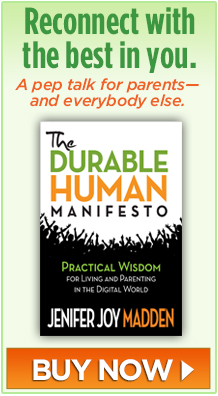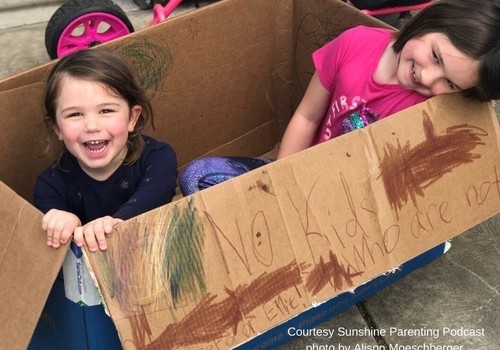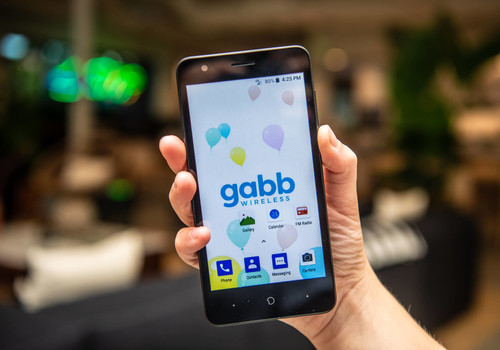At last, there’s a sleek phone made just for kids—and it can’t access the Internet. “It’s not that it’s blocked. It really doesn’t exist on the phone,” says Stephen Dalby, founder of Gabb Wireless. “On our cellular network, the only thing you will find will be safe phones for kids.”
Being a dad launched Dalby on his design journey. “I had to get a phone for my son and I just didn’t feel comfortable with the options that were out there.”
Gabb Basic offers plenty for a child to manage as a first step toward a full-fledged smartphone. Kids can call, text, and use the calendar, alarm and calculator apps. But they can’t play games, use social media, shop in app stores, send picture messages, or group text.
Unlimited calls and texts on the Gabb Wireless 4G LTE nationwide network are $19.99 a month, with no long term contract. The phone itself costs $79.99, as opposed to $699.99 for an iPhone 11.
Smartphones were made for adults, otherwise parental controls would not be needed. As “dumb” phones disappeared from store shelves and smartphone ads ramped up, parents wanting to give a cellphone had no alternative. They would have to buy the mobile phone equivalent of a Maserati when all their child needed was a bike with training wheels.
This infuriates Darby. “When it comes to physical harm, we don’t give 9-year-olds and 10-year-olds chain saws. That seems obvious because we’re talking about physical harm. But when we talk about mental harm, emotional harm, spiritual harm, what we’re dealing with right now is an absolute train wreck.”
The destruction is rampant. Since 2011—around the time when so many kids began to use smartphones and their attendant social media apps—almost 3 of every 5 12- to 17-year-olds has developed symptoms of depression. Smart device content is made so engaging, kids move less, so they can gain weight and lose core strength. During formerly raucous school lunch periods, students sit silently—and separately—engrossed in their phones.
As smart devices were doled out to kids at younger and younger ages, Childhood itself came under siege. “Children have become less emotionally expressive, less energetic, less talkative and verbally expressive, less humorous, less imaginative, less unconventional, less lively and passionate, less perceptive, less apt to connect seemingly irrelevant things, less synthesizing, and less likely to see things from a different angle,” says Kyung Hee Kim, an education professor who studies child creativity at the College of William and Mary.
That’s why I consider Gabb—and other smartphone alternatives such as the one-button Relay and new breed of kids’ digital watches—world-changing. The designs put parents back in the driver’s seat and the chance to do it right this time. They can introduce their kids to the digital world as they see fit in a sensible, developmentally-appropriate, step-wise fashion.
Yet, even the relatively simple Gabb is powerful enough to knock a kid off balance. A mom who gave one to her daughter says she gets “sucked into her phone” and resists getting off.
So, parents aren’t off the hook. Just as they teach their kids to eat right, they must set boundaries and teach healthy tech habits that keep kids durable in body and mind, such as to charge devices outside the bedroom at night.
Giving a child that first mobile device continues to have more strings attached than the most sought-after pair of sneakers. Parents must carefully consider their child’s readiness and the child herself should show she’s responsible enough to incorporate a powerful object of technology into a healthy, balanced lifestyle.
But as we enter a new decade, parents can breathe easier that their kids can have a safer first user experience. As Stephen Darby says. “Now they have the option, whereas before they just didn’t.”
~~~
I write this 13 years to the day iPhone was released. Tony Fadell, who helped create both iPod and iPhone, quotes former co-worker Steve Jobs’ admonition:
Don’t overschedule your kids. Make sure they get bored so they discover who they are and what they like.
Indeed, as I wonder in The Durable Human Manifesto, what might have happened if Steve Jobs were born today: would the flicker of a parent’s smartphone usurp his wandering thoughts?
He would not want anyone’s iPhone to get in a child’s way.
~~~
Download a free PDF of the quick-read The Durable Human Manifesto: Practical Wisdom for Living and Parenting in the Digital World.
To get $10 off Gabb Wireless use this link and the code DURABLE.
About the author: DurableHuman.com founder Jenifer Joy Madden is a health journalist, digital media adjunct professor. She wrote How to Be a Durable Human: Revive and Thrive in the Digital World Through the Power of Self-Design and hosts the parenting education platform, Durable U. Her work has informed millions on outlets including ABC News, The Washington Post, Readers Digest, Tech Republic, Thrive Global, and on the TEDx stage.








